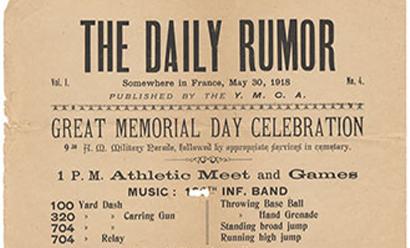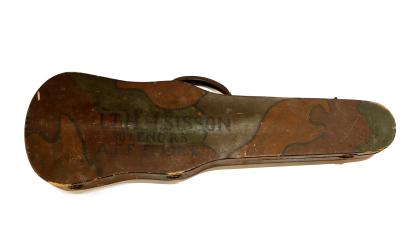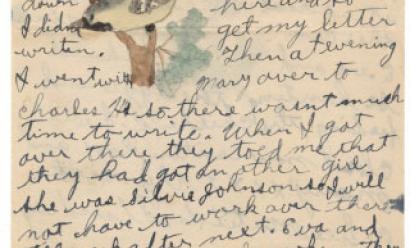

Centennial Commemoration: April 6, 2017
In partnership with the U.S. World War One Centennial Commission

World War I: Lessons And Legacies
Smithsonian Poster Exhibition
Smithsonian Institution Traveling Exhibition Service






